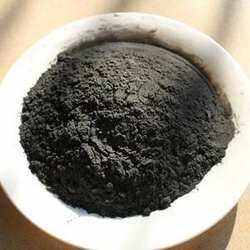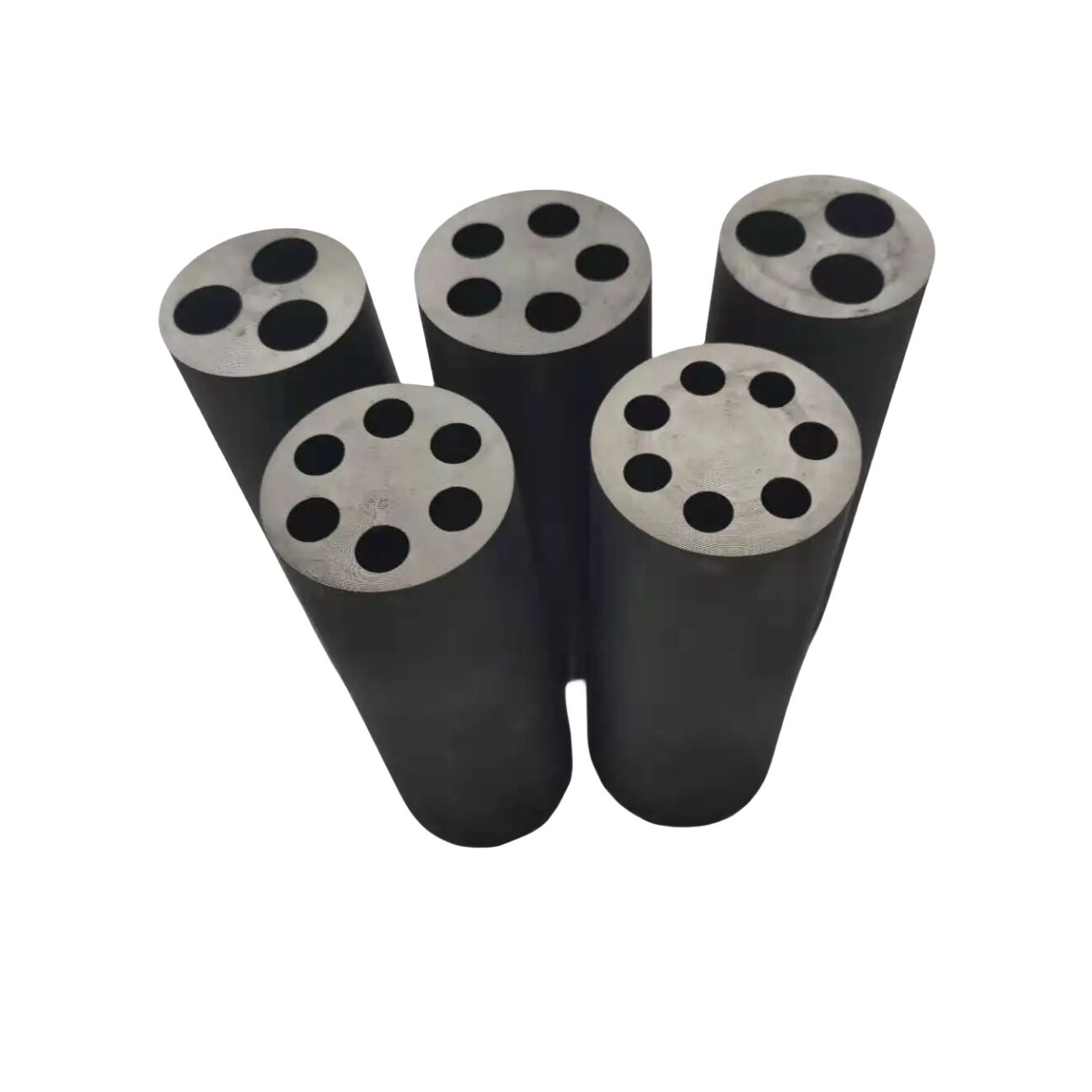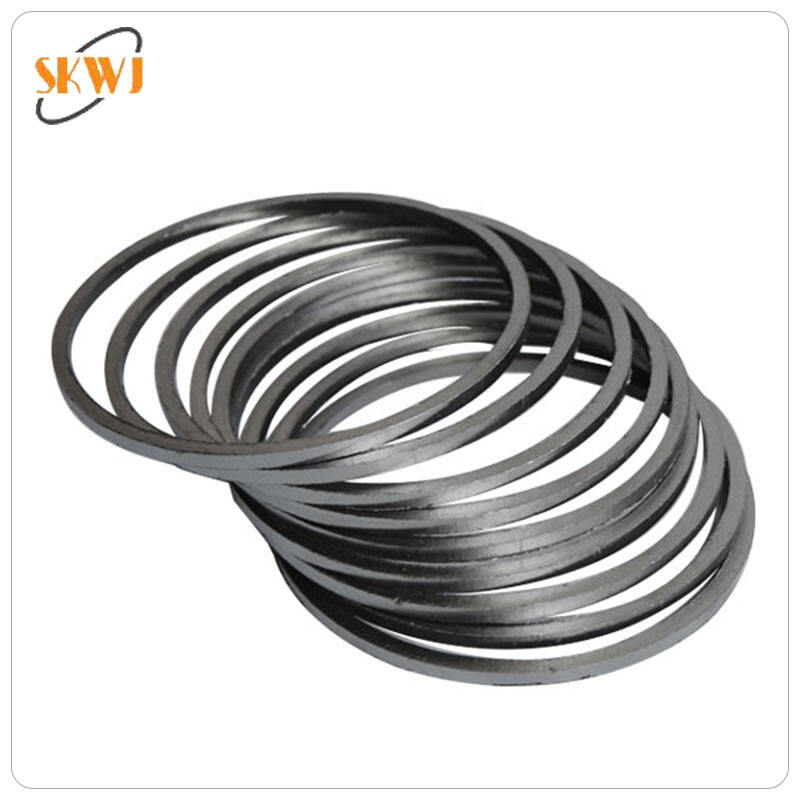graphite paper how to use
Graphite paper, also known as carbon paper or transfer paper, is an essential tool for artists, crafters, and designers. This versatile material consists of a thin sheet coated with graphite or carbon on one side, enabling precise transfer of designs onto various surfaces. To use graphite paper effectively, start by placing it carbon-side down between your design and the target surface. Secure all layers with tape to prevent shifting during transfer. Using a stylus, ballpoint pen, or pencil, trace over your original design with moderate pressure, which transfers the graphite onto the surface below. The transferred lines create a clear outline that can be used as a guide for painting, drawing, or other artistic techniques. This method is particularly useful for transferring complex patterns, lettering, or detailed designs onto surfaces like wood, fabric, canvas, or paper. The process is clean, efficient, and leaves minimal residue, making it ideal for professional artists and hobbyists alike. Modern graphite paper comes in various sizes and grades, with some varieties specifically formulated for different surfaces and applications. The transfer process is reversible and non-permanent, allowing for adjustments before final execution of the artwork. Understanding proper pressure application and surface compatibility ensures optimal results in transferring designs accurately and cleanly.





